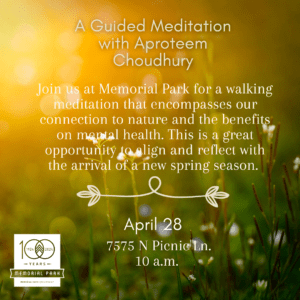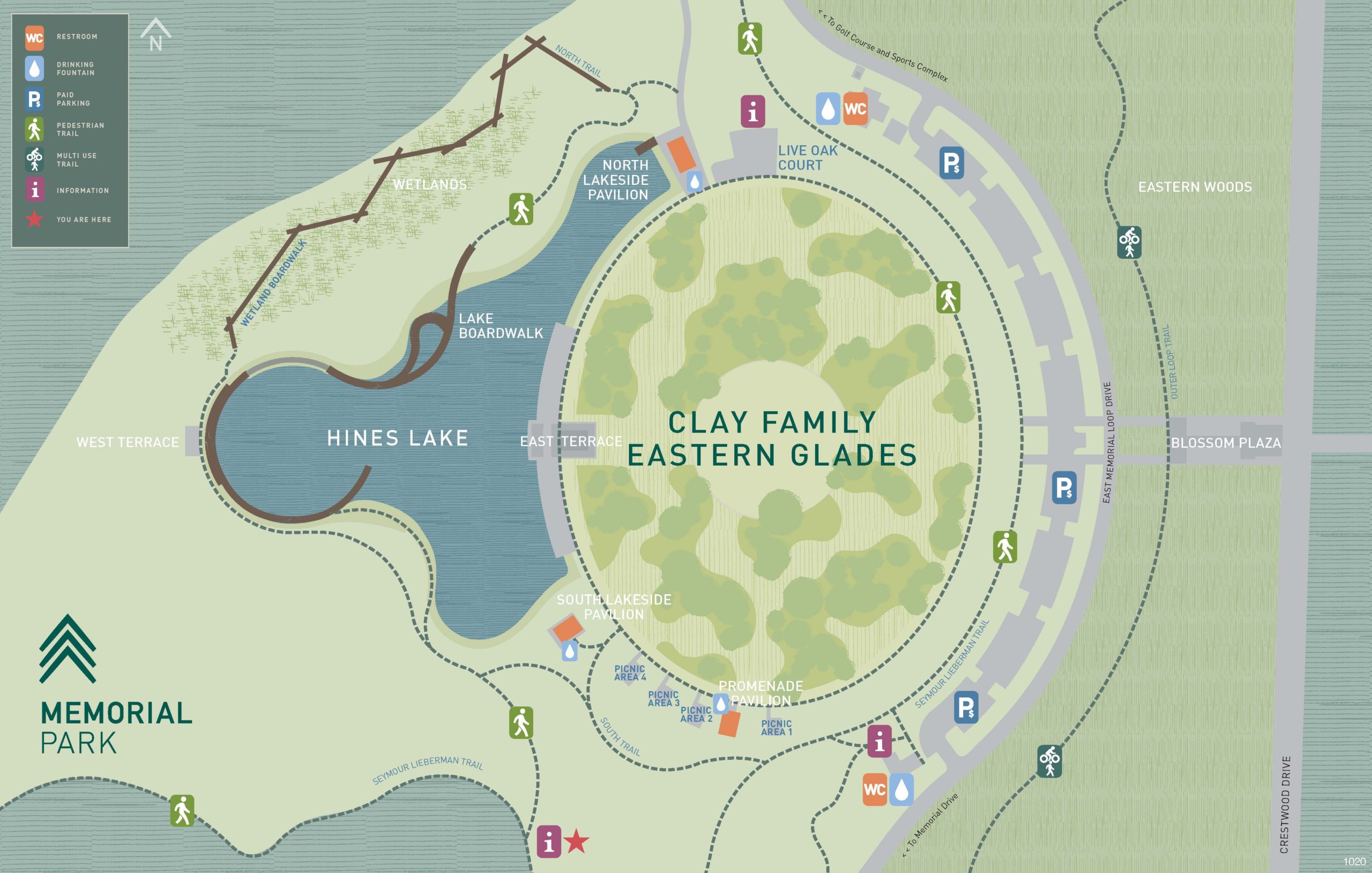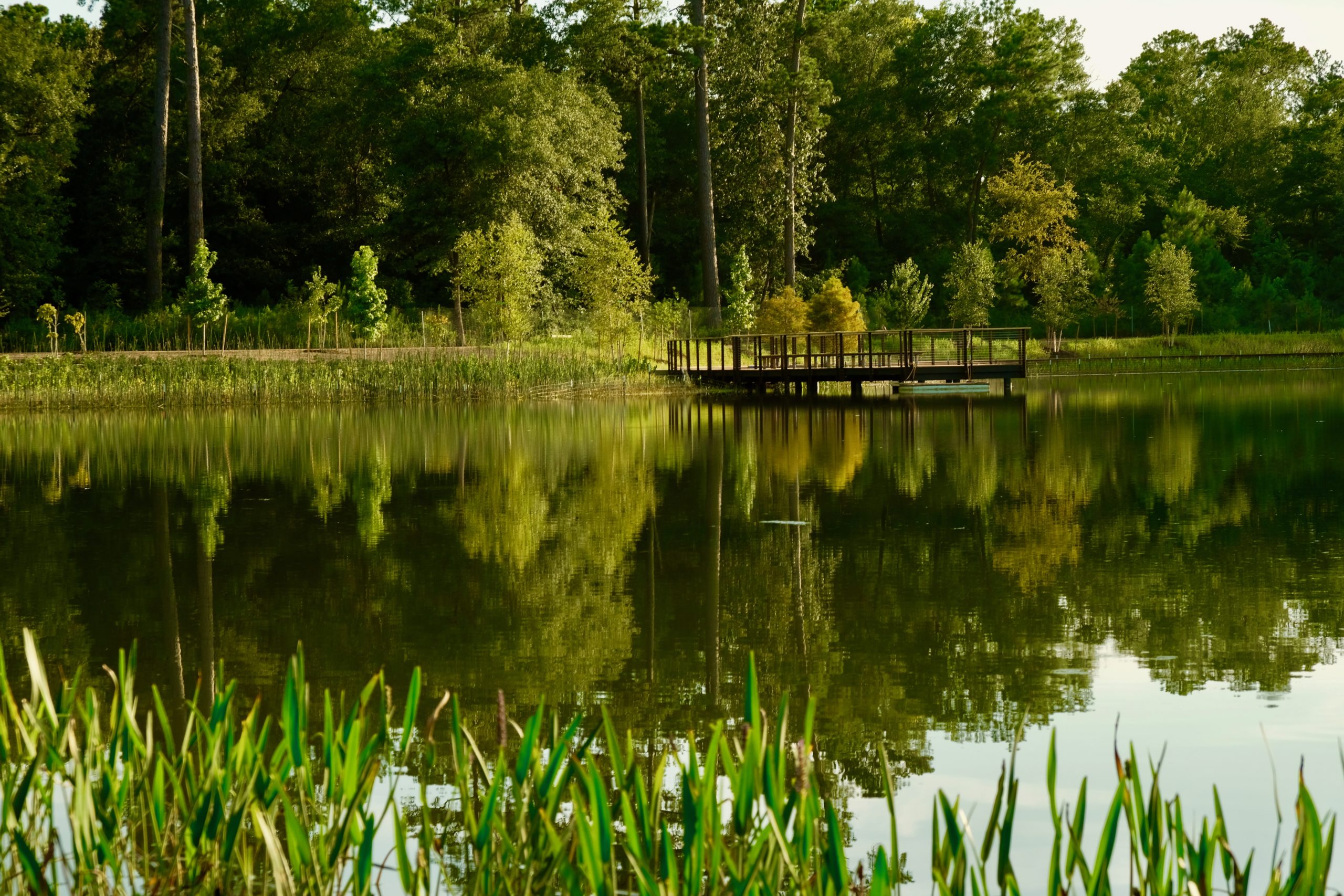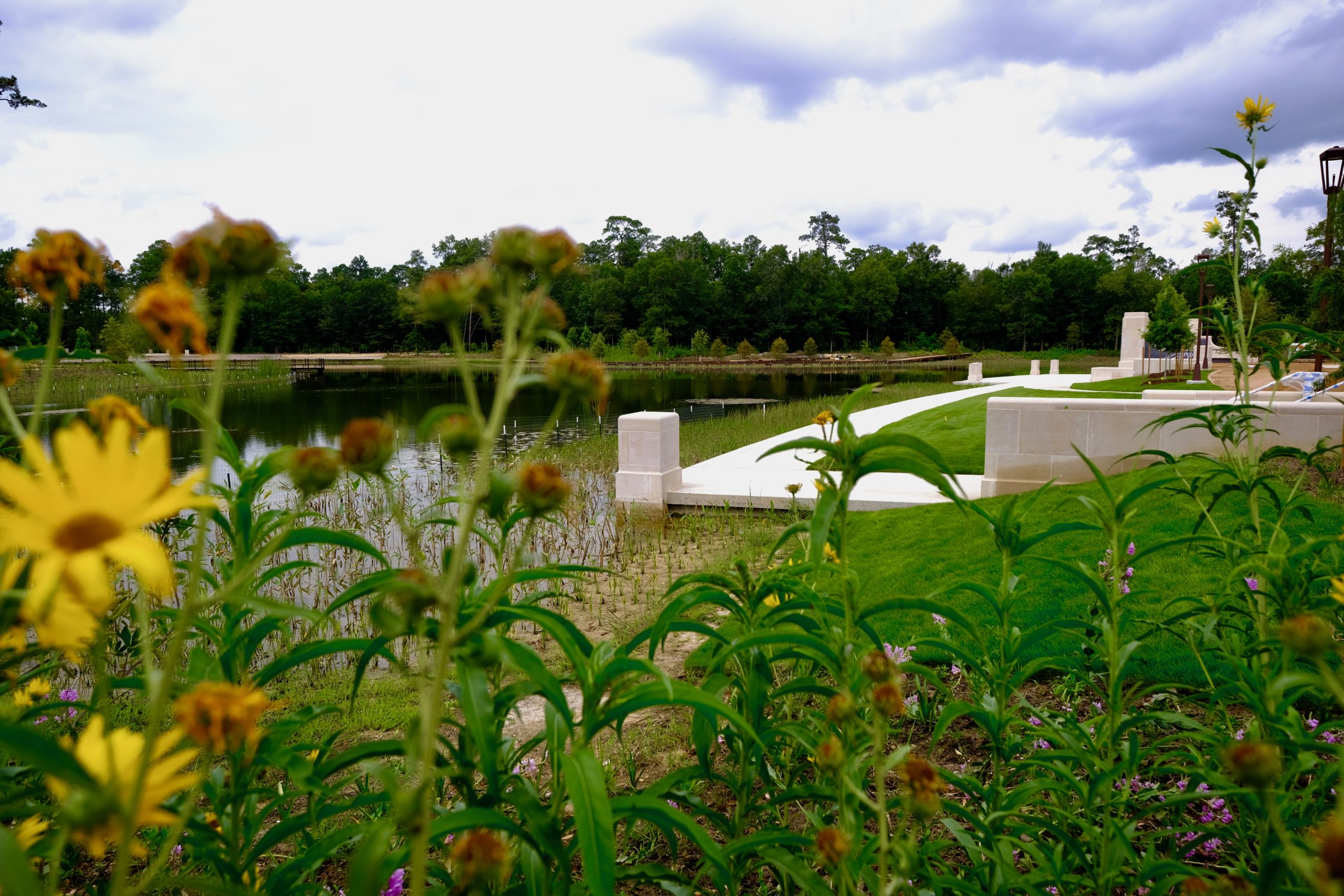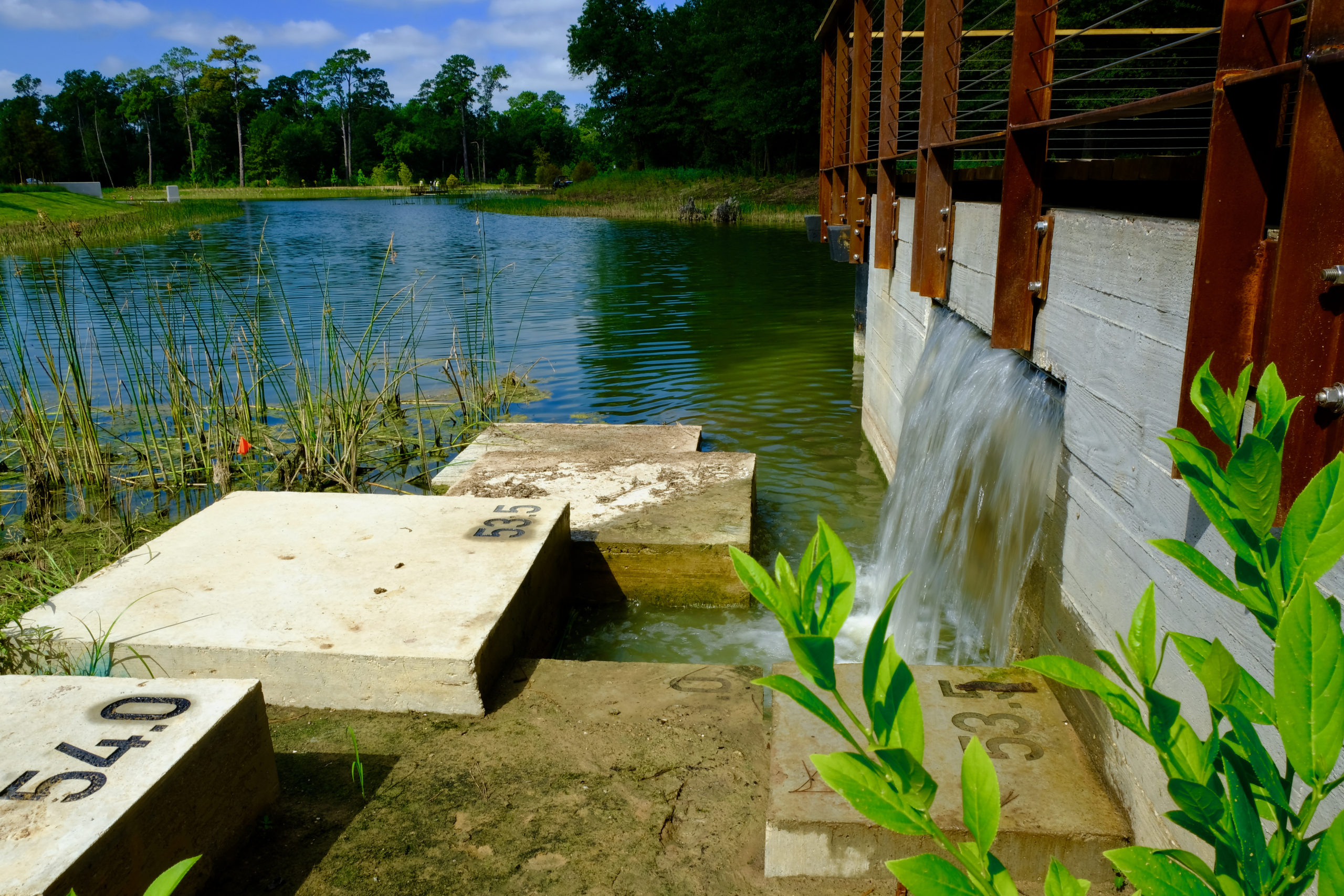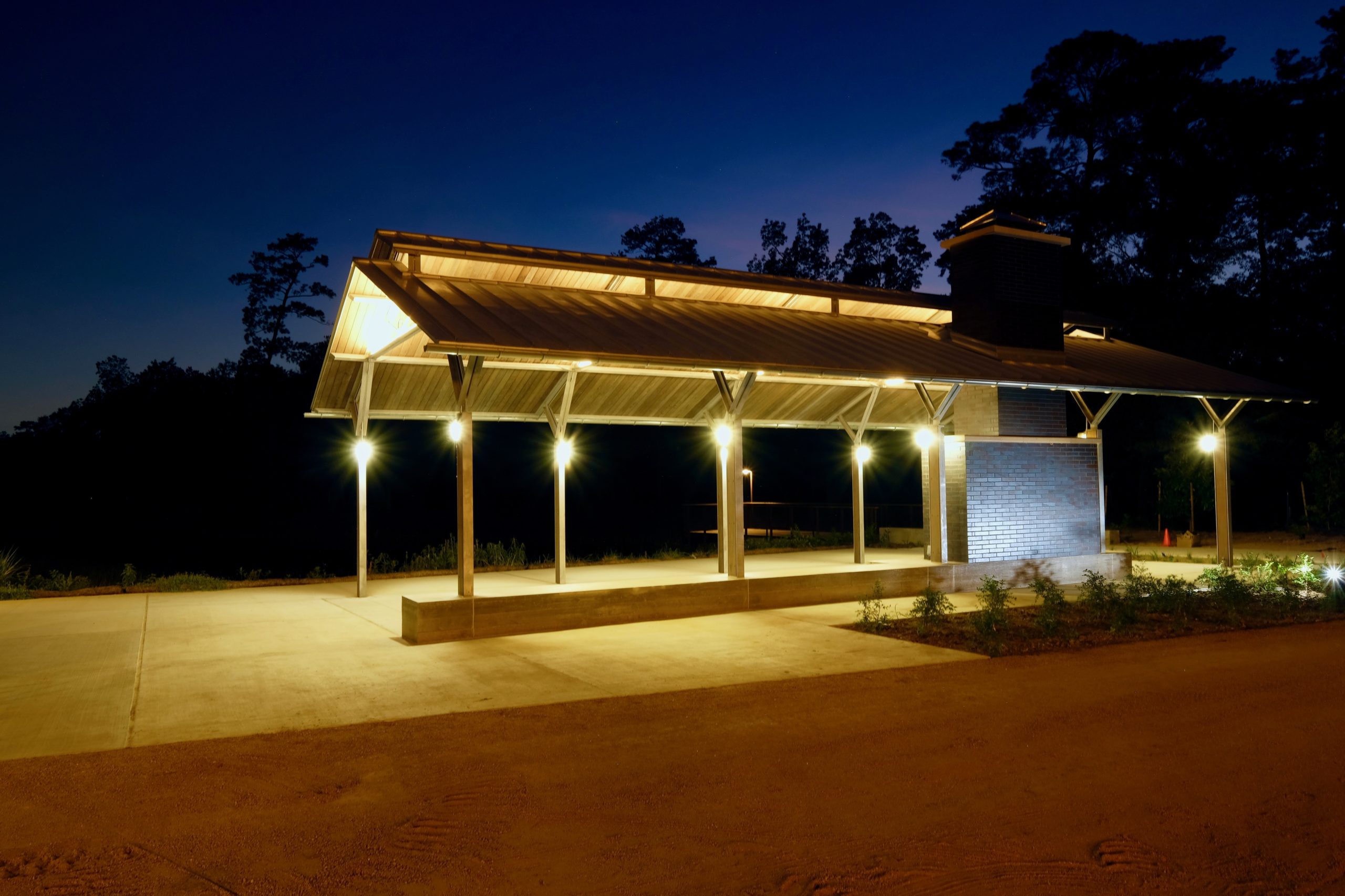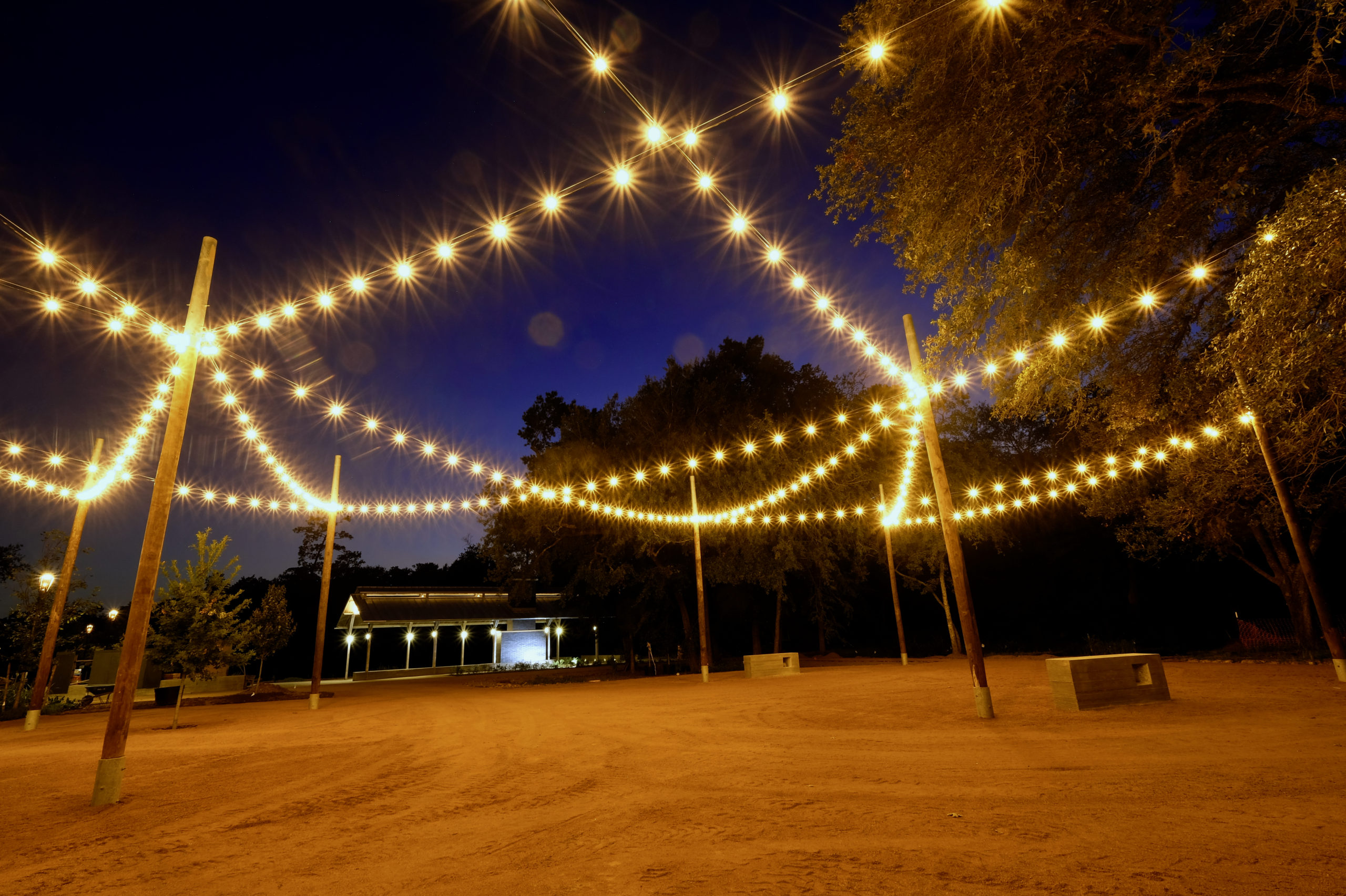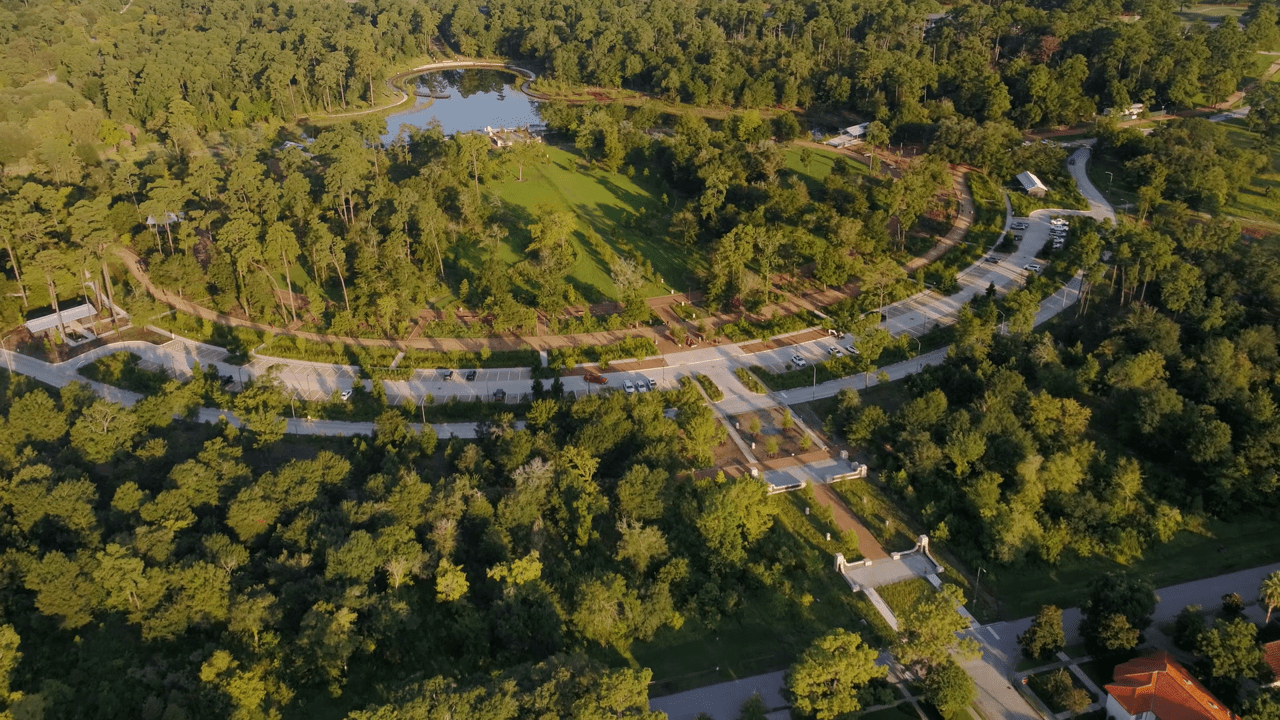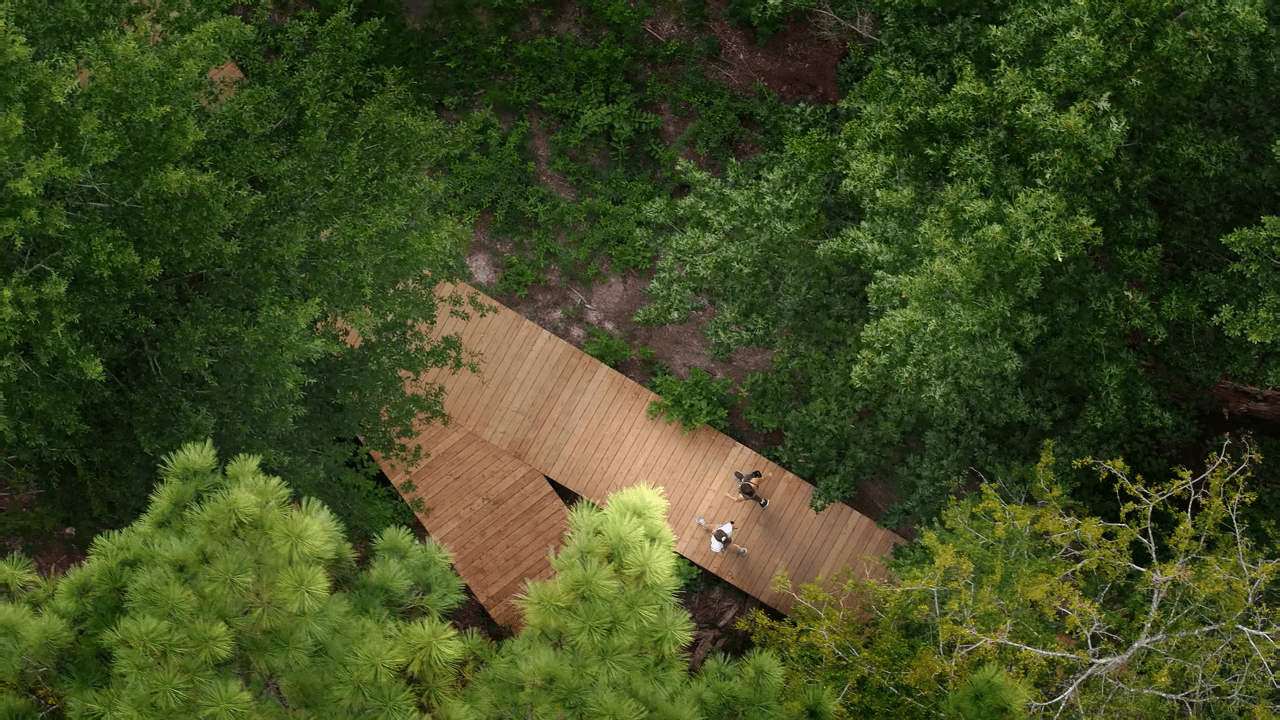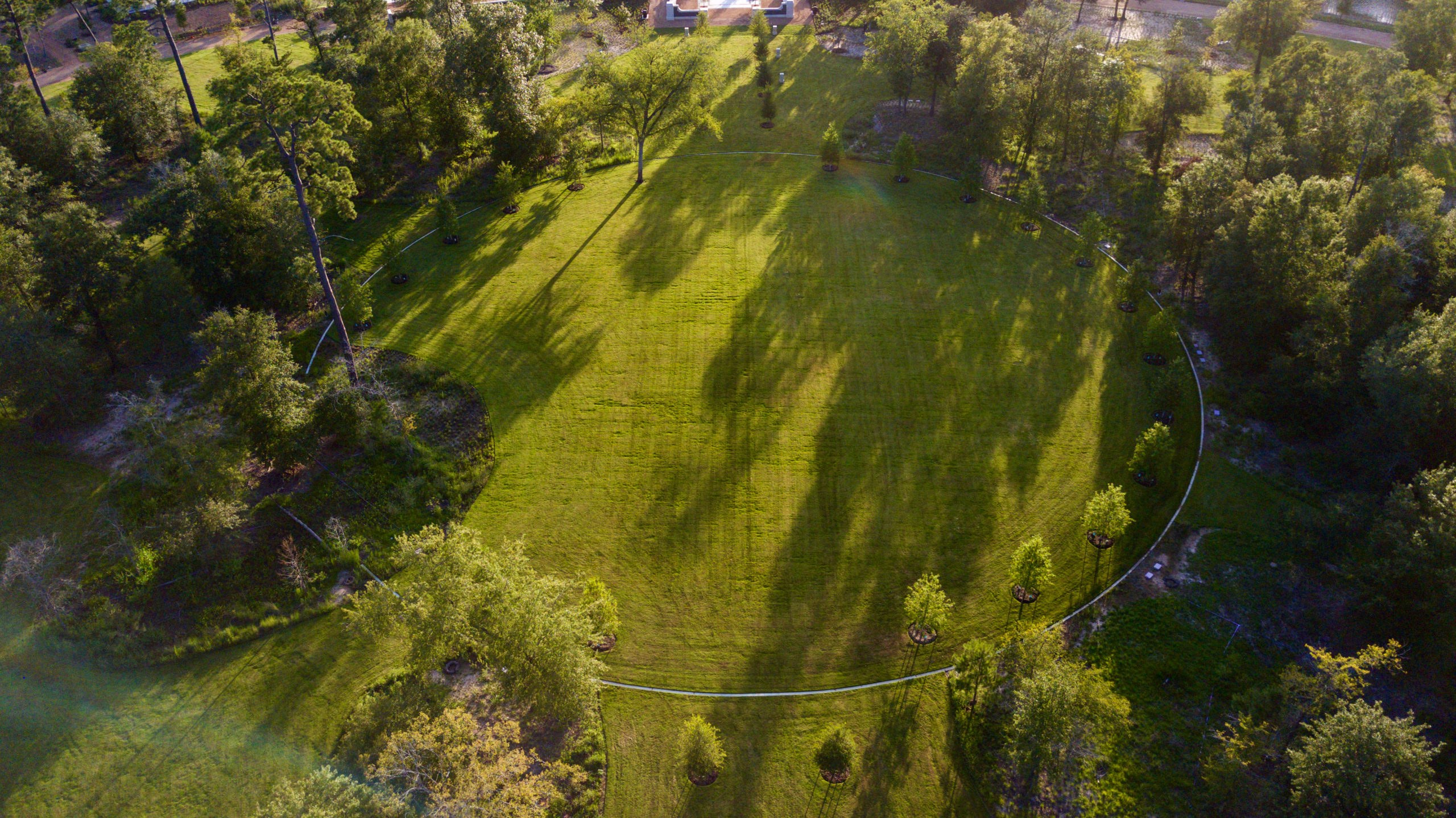Discover
Clay Family Eastern Glades
Clay Family Eastern Glades reclaims 100 acres of previously inaccessible parkland. This project significantly expands picnicking; adds new parking and restrooms; establishes 5 ½-acre Hines Lake and wetlands; provides trails, boardwalks and opportunities to experience and learn about natural habitat systems; and honors the Park’s military history. Inspired by the original 1930s Master Plan for Memorial Park by landscape architects Hare & Hare, the Eastern Glades provides something for everyone – from runners on the Seymour Lieberman Trail to picnicking families to students of ecology and those interested in Houston’s and the nation’s cultural history. CLICK HERE to view our Eastern Glades Story Map.
This is the first major project of the Ten-Year Plan, which enables the Conservancy to accelerate the design and construction of significant components of the Memorial Park Master Plan and was made possible by a $70-million catalyst gift from the Kinder Foundation. Execution of the Ten-Year Plan is overseen by the Memorial Park Standards Committee, a partnership comprised of Houston Parks and Recreation Department, the Kinder Foundation, Memorial Park Conservancy, and Uptown Development Authority.
What is there to do in Eastern Glades?
Eastern Glades establishes new passive recreation and education areas while also restoring Memorial Park’s natural ecology. The completed Eastern Glades features the following amenities and opportunities for relaxation, reflection, and rejuvenation:
- 100 acres of open space
- 5 ½-acre Hines Lake and wetlands with beautiful sunset views
- 3 pavilions and 4 picnic areas
- 2 ½ miles of new trails explore, including boardwalks along the Lake and Wetlands
- 5 ½-acre Central Lawn for passive recreation such as strolling, picnicking, and relaxing
- Oval Promenade encircling the grassy Central Lawn
- Live Oak Court for concessions and events
- Over 50 unique quotes from Houstonians about how Memorial Park inspires them, selected by Madison Petaway, the 2020 Houston Youth Poet Laureate
- Additional parking (including handicap/disability parking), dark sky lighting, water fountains for people and pups, benches, and bike racks
What makes the Eastern Glades landscape unique?
Along with nearly 40 acres of restored habitat and an additional 550 new native trees, Eastern Glades is home to over 150 native species which add biodiversity and wildlife habitat to the Park. The three leading habitats of Eastern Glades include:
- Hines Lake and wetland edge: The Lake supports an open water habitat. When constructed, large logs and concrete box structures were anchored to the bottom to provide fish habitat. While fishing is not allowed, the Conservancy plans on stocking the Lake with native fish. The Lake supports 1.5 acres of emergent wetlands. The wetland plants provide habitat and also clean the stormwater that flows through the Lake on its way to Memorial Park’s largest tributary to Buffalo Bayou. Wetland plants include: California bulrush, pickerelweed, maidencane, soft rush, bulltongue, smartweed, lily, iris, and thalia.
- Flatwood Wetlands: These Wetlands are characterized by mixed-hardwood pine forests growing through a soil with high clay content. When the soil becomes saturated with rainfall during the winter and early spring months, they hold shallow standing water. This habitat is critical to certain plant and wildlife species and provides a natural means of temporarily storing stormwater onsite. Forested wetlands are rapidly disappearing from this region due to factors like urbanization, making this space a rare Houston gem.
- Savanna: Memorial Park, once dominated by grasslands, was a savanna habitat over much of its landscape. Savannas are characterized by sparse trees with an open canopy that supports grasses and wildflowers. Eastern Glades features 14 pocket islands totaling 4.5 acres of native savanna habitat interspersed with turfed social pathways. Savanna habitat is also being restored at the Eastern Forest near the Outer Loop Trail at the Blossom Street Entrance.
What is the Conservancy’s maintenance approach for Clay Family Eastern Glades?
Like most of Memorial Park, an extensive ecological restoration and conversion process is required to bring Eastern Glades to fruition. These processes often take many years to establish before moving into a maintenance regime. Components of the Conservancy’s approach include:
- Removal of invasive species undergrowth, enabling existing seed bank of native trees the opportunity to grow
- Establishment of healthy forest structure through addition of woody species and herbaceous plants
- Stewardship through ongoing maintenance
The resulting restored natural areas are more resilient to climatic conditions and more hospitable to diverse fauna. During the conversion process, these areas will require more intensive maintenance; however, this will decrease over time as they become more established.
How do I reserve picnic pavilions or other areas?
Reservations for Eastern Glades picnic areas and pavilions can be made by visiting our reservations webpage. Click HERE for more information about reserving picnic areas in Eastern Glades.
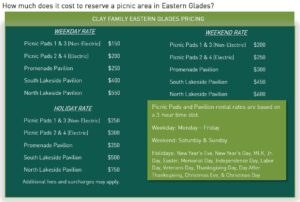
What does the entrance at the Crestwood and Blossom Street axis signify?
A hallmark of Eastern Glades, this axis follows the alignment of an original roadway – all but erased with the passing of time – from one of two main entrances into historic Camp Logan, a WWI military training facility. A clear line of sight through Eastern Glades extends along this east-west axis for over 1/3 mile, all the way from the Blossom Street Plaza at the eastern perimeter of the Park to the western edge of Hines Lake. This historic alignment is defined by formal landscape elements, an allée of trees and subtly lit limestone markers, drawing visitors into this new park amenity where they can experience both the cultural history and natural beauty of Memorial Park.
What happened to “old” East Memorial Loop Drive?
East Memorial Loop was moved to join the acreage that now forms the 100-acre Eastern Glades project. Moving the road further east created a contiguous landscape and removed road crossing hazards for wildlife. The old East Loop Road was demolished, and materials from it were reclaimed and used to support other projects, such as the BioCycle, in the Park.
Can I fish, swim or boat in Hines Lake?
Fishing, boating, swimming or entry of any kind into Park water features and Hines Lake are prohibited. This applies to dogs as well. We enforce this rule to help protect the Park’s natural habitats and not disturb wildlife.
How can I get involved?
Memorial Park depends on the support of the community. You can get involved by volunteering with the Conservancy, donating to Conservancy fundraising events, joining as a member of Urban Wild (our young professionals’ group), and more.

